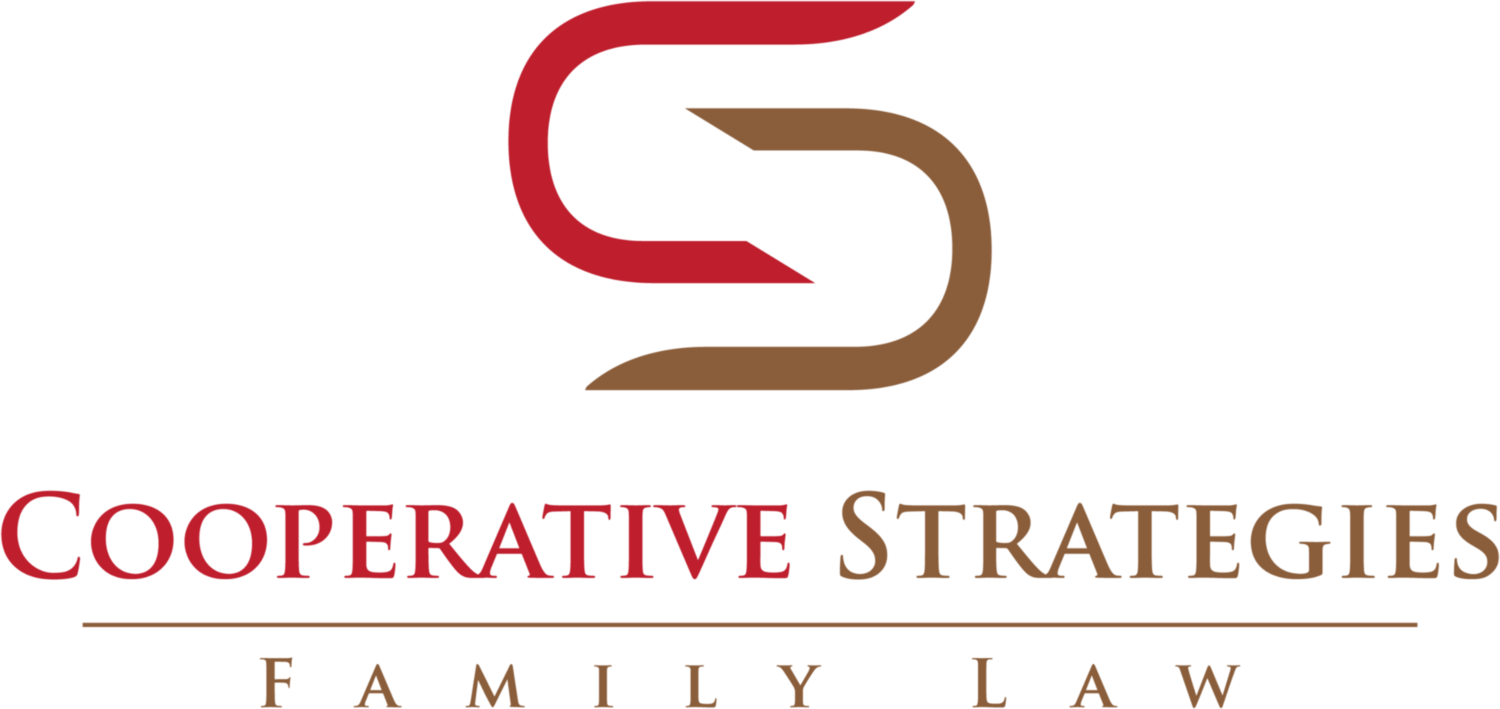What is Collaborative Practice?
Collaborative Practice is a voluntary dispute resolution process in which parties agree to settle their disputes without going to court. Each party is represented by their own attorney, trained in mediation techniques that promote balanced and productive negotiations. When needed, this collaborative team is joined by mental health professionals, child specialists, and neutral financial specialists to ensure that the final agreement is the result of thoughtful and informed negotiations. Through this process, parties remain confident that the final agreement drafted by their attorneys truly represents their unique goals.
Is Collaborative Practice right for me?
The fundamental difference between Collaborative Practice and conventional litigation is the commitment to reach an agreement without going to court. To be successful, both parties must have an interest in designing their settlement agreement themselves, through a focused negotiation process. This process involves several face to face meetings with both parties, their attorneys and other specialists as needed. The meetings are designed to promote open and honest exchanges. Parties are required to fully disclose information and come to each meeting committed to engaging in good-faith discussions.
Collaborative Practice is best for parties who are able to keep the lines of communication open. Working through some issues may be more difficult than others. During those times, a coach--a licensed family therapist, may join the team to support the parties as they move toward their settlement goals. The information shared and gathered is completely confidential. All parties agree to work to protect the privacy and dignity of everyone involved in the process.
Either party can end the collaborative process at anytime. The process is immediately terminated if either party initiates court intervention. Termination of the process also terminates the attorneys' representation. If the parties decide to litigate the dispute in court, they must find new representation.

